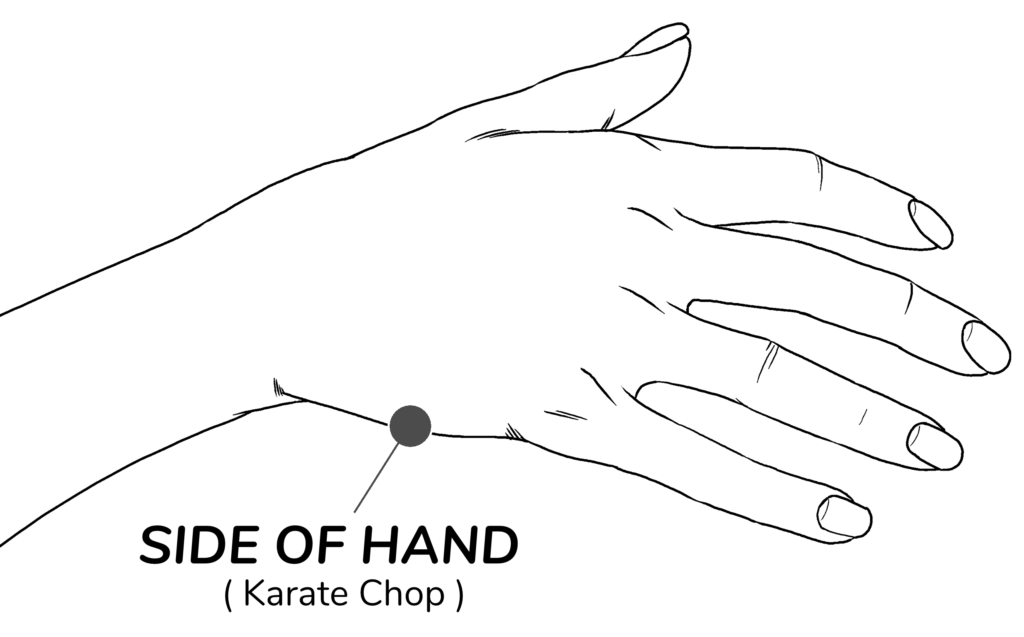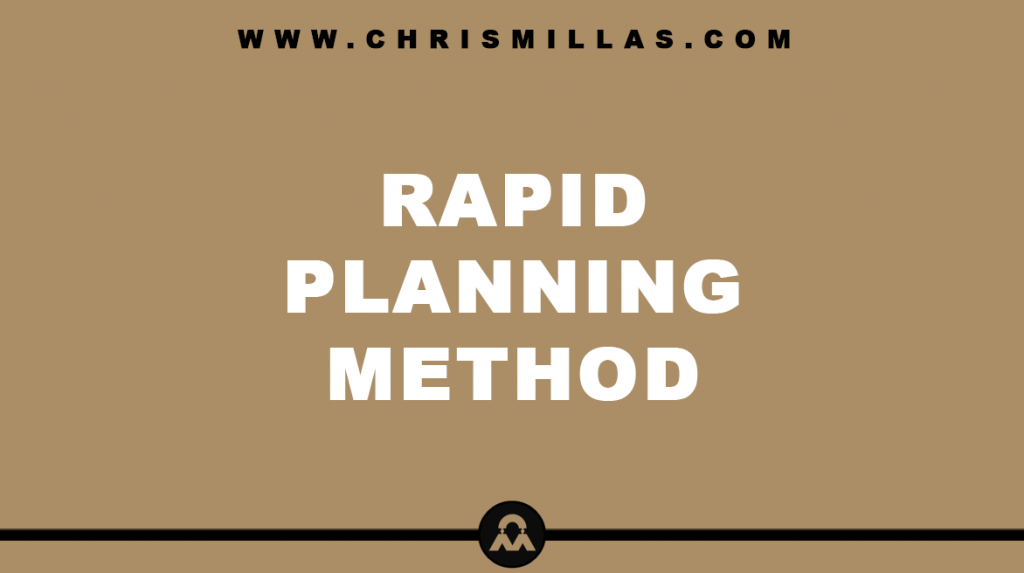In this post, we’ll unpack all you need to know about tapping, defining exactly what it is, how it works, the science behind it, the tapping points, how to use it and more.
What Is Tapping (Emotional Freedom Technique)?
Tapping, also known as Emotional Freedom Technique (EFT), is a therapeutic method that combines elements of cognitive psychology with acupressure to relieve stress.
A Brief History
Evidence of humans first tapping on their bodies as a form of self-healing stretches as far back as eight-thousand years ago.
The Eastern practice of acupuncture, where practitioners strategically place needles on the body, can help promote peak health and allow vital chi (qi) energy to flow in perfect balance.
A no-needle version of the practice, acupressure, developed all the way back in 6000 BC and involved locating bodily acupoints with sharpened stones.
How Does It Work?
The premise of Tapping is that our bodies have an energy system. The cause of all trauma is a blockage in this energy system. When you clear the blockage using EFT, you release trapped energy and have emotional freedom.
Tapping works by stimulating specific meridian points — described as energy hot spots in Chinese medicine — which correspond to channels through which energy flows, influencing various aspects of mental, emotional and physical well-being
When these points are stimulated, signals are sent to the brain, triggering a relaxation response and facilitating the restoration of equilibrium within the body’s energy system.
Tapping clears trauma from both the nervous system and the energetic body, offering a comprehensive healing process.
Tapping is a true mind-body approach.
What Is The Science Behind It?
The brain doesn’t know the difference between imagination and reality. Consequently, when you mentally simulate or physically encounter a perceived negative experience, it triggers the brain’s stress response.
Tapping interrupts this stress response and reprograms the brain and body to respond differently. It does this by rewiring neural pathways by associating the old negative memory with a new positive or neutral memory (known as memory reconsolidation). With repetition, the brain learns that the experience is no longer a threat and ceases to trigger the stress response.
The two main structures relevant to tapping are the amygdala and the hippocampus.
“EFT has been the most effective healing tool I have ever encountered.” — Dr Joseph Mercola
Positive Tapping
Positive tapping involves reciting positive affirmations or statements while tapping on the body’s meridian points. It works using the normal tapping method, except instead of focusing on a negative outcome, you focus on a positive outcome.
What Can It Be Used For?
Talking can be used to help with mental, emotional and physical wellbeing as well as enhancing performance and manifesting.
What Are the Tapping Points?
- Beginning Of The Eyebrow
- Side Of The Eye
- Under The Eye
- Under The Nose
- Chin
- Collarbone
- Under The Arm
- Top Of The Head

The Karate Chop Point

How To Use Tapping
Firstly, identify a challenge you’d like to address. Create a picture in your mind of the challenge and continue to hold it throughout the process.
Secondly, assess the current level of intensity of your challenge on a scale of 0-10 (0 being the lowest emotional intensity and 10 being the highest emotional intensity.)
Thirdly, create a setup statement acknowledging the challenge and accepting yourself despite it. For example, “Even though [enter your challenge], I deeply and completely accept myself.”
Fourthly, recite the setup statement 3 times while tapping on the karate chop point of your hand.
Fifthly, recite the setup statement 5-7 times while performing the tapping sequence. Tap 5-7 times on each point, starting with the eyebrow and ending with the top of the head. It’s important to accept and allow whatever emotions to arise so that they can be released.
Sixthly, reassess the level of intensity of your challenge on a scale of 1-10.
Lastly, repeat the process until the intensity decreases to a level you are comfortable with.
It’s important to note that some challenges may linger and may require you to return back to them. Additionally, it’s important to address every aspect of the challenge. As such, you may have to tap for various setup statements.
“If someone can be traumatized in 30 seconds, why can’t they be healed in a day, an hour, a minute?” ― Rick Wilkes
How To Use Tapping Summary
- Identify a challenge.
- Assess the current level of intensity from 0-10.
- Create a setup statement.
- Recite the setup statement 3 times while tapping on the karate chop point.
- Recite the setup statement 5-7 times while performing the tapping sequence.
- Reassess the level of intensity.
- Repeat the process.
Aspects
When tapping on clearing a specific issue, other related issues may surface, referred to as aspects. Aspects may be part of the original issue or a completely different issue. It is important to tap on all aspects that surface individually as separate issues.
Tips For Tapping
Firstly, make it a ritual. Secondly, structure your environment in a way that is conducive to tapping. Thirdly, be persistent. Fourthly, be specific with your words. Fifthly, get to the route cause of your issue.
EFT FAQ
Below we’ll unpack some of the most frequently asked questions regarding EFT.
Which Hand & On What Side Of The Body Should I Tap?
The same meridians run down both sides of the body. Therefore, you can tap with either hand on whichever side of the body feels most natural for you.
How Many Fingers Should I Use?
Tapping works best when using 1-3 fingers.
What Changes Does Tapping Cause?
Tapping results in changes in the brain, DNA expression, hormone production, brain waves and blood flow.
Summary (TL;DR)
Tapping is a therapeutic method used to relieve stress by combining elements of cognitive psychology with acupressure.
The method works by interrupting the brain’s stress response and reprogramming the brain to respond differently by associating an old negative memory with a new positive memory.
The method can be applied for issues including symptoms, emotions, events and limiting beliefs.







